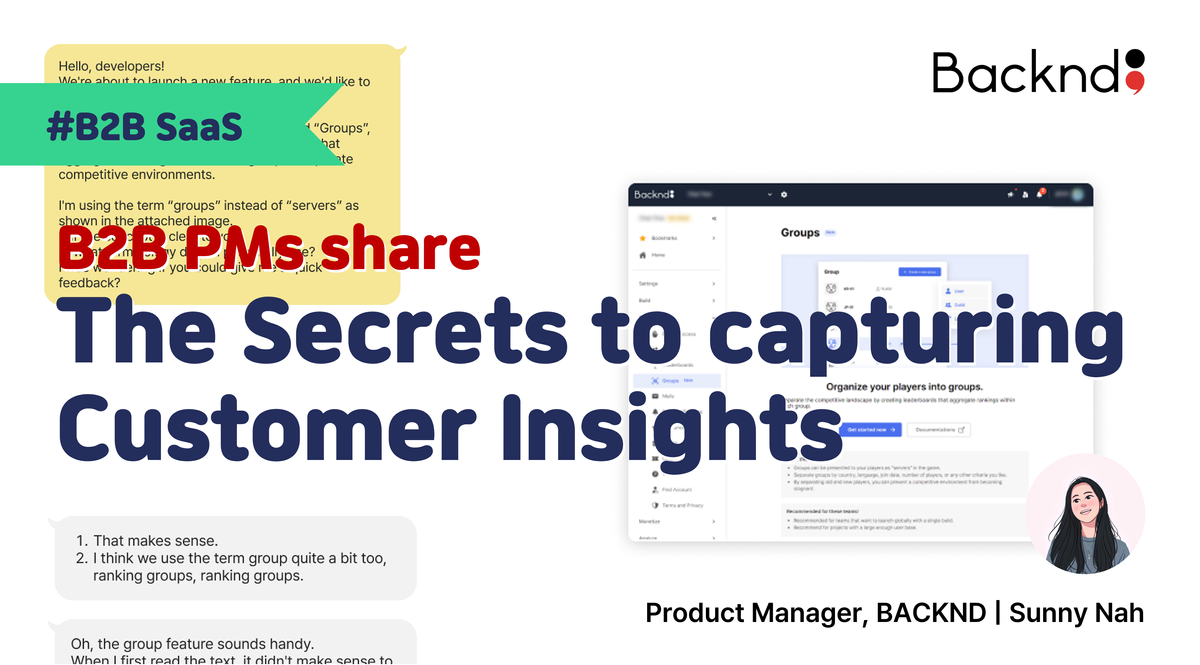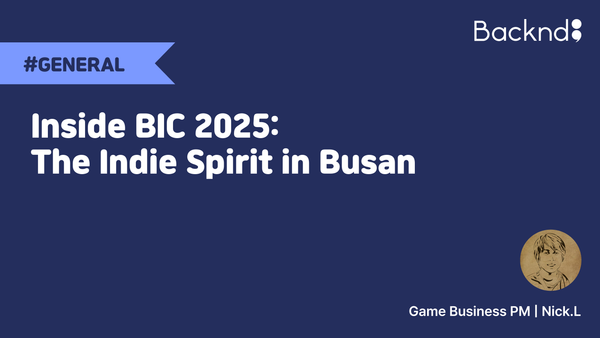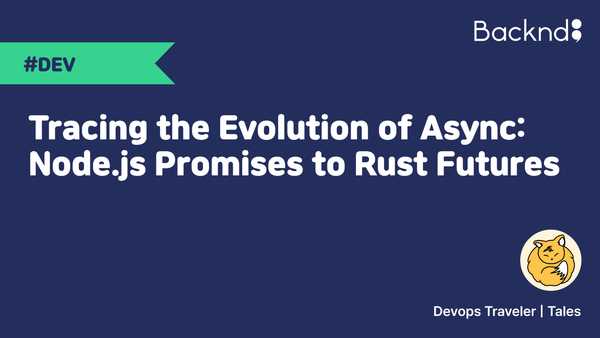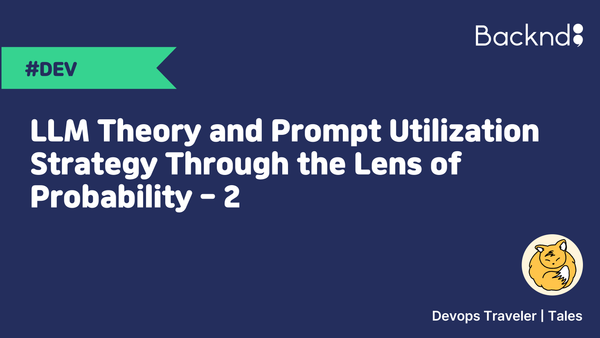B2B PMs Share the Secrets to capturing Customer Insights

In Survival to Thrival, Bob Tinker highlights that
The determination of whether you’ve achieved PMF comes from customers and the sales team, not the founders or the product development team.
As emphasized in the book, a must-read for anyone in B2B sales, the team that plays the most critical role in finding Product-Market Fit (PMF) for B2B products isn’t the product development team 🫢 but rather the sales team, which directly communicates with customers. It is through the changes that the sales team observes, hears, and feels firsthand that PMF is identified.
In particular, when customers are willing to pay, recommend the product through word-of-mouth, and it's easier to schedule follow-up meetings, the sales team has a sense that the product has reached PMF.
Therefore, in order to create a successful B2B product, it is essential to build relationships with customers and engage in direct conversations!
The Difference Between B2C and B2B – The 'Company' Is Your Customer
An understanding of the importance of direct customer feedback in the B2B space becomes clearer when we compare it to the B2C space.
| B2C | B2B | |
|---|---|---|
| Goal | The goal is to influence the behavior of a broad audience. | The goal is to assist the business of the company. |
| How to Understand Customers | Patterns are identified through data analysis like A/B testing. | Listen to the customer’s needs directly. |
| Core Principle | Test quickly and learn! | Built through long-term trust! |
In contrast to B2C, the key difference in B2B is that the "company" is the customer. In the B2B space, a single customer (who is a company) can provide significant value. Listening to their honest feedback and improving the product accordingly can have a direct impact on the revenue stream. Moreover, the trust built during this process becomes a critical asset.
When Relationships Are Already Established: Leverage Them!
If you already have a strong relationship with a customer, take an active role in leveraging it. For example, BACKND (our company) has worked with a lot of customers on the basis of trust, and with the help of our excellent sales and CX (customer experience) teams, we are able to gather honest feedback quickly.
Our sales team has built a network both online and offline, and keeps in touch with our customers through channels such as Discord, blogs, Slack, Messenger, and offline meetups. The CX team has a deep understanding of the pain points and requirements that customers face, so working with them helps us gain insights quickly.

BACKND used our Discord community to gather feedback on upcoming features. We asked questions such as, "Is the terminology we're using for this feature appropriate?" and received a variety of responses in real time that helped us adjust our direction in a timely manner.
(I would like to thank the BACKND sales and CX teams ♥️)
When Relationships Aren't Established: Focus on Quality Over Quantity in Cold Emails!
Sending cold emails asking for interviews is also a good approach if you don't already have a relationship with the customer. It is important to focus on quality rather than quantity in this case. The personalization of each e-mail message will increase the likelihood that the recipient will be interested.
Cold Email Tips:
- Personalized Approach: Find out about the recipient's most recent projects or accomplishments and mention them in the e-mail. This will give them the impression that you really care about them.
- Example: "I recently played your newly released game, and I was really impressed with the unique visuals you created! I'd love to do an interview with someone who has your level of insight."
- Highlight common networks: If there are mutual contacts, mention them to build trust in an indirect way.
- Example: "I heard that you recently did some work with our client, the XXX team, and I'd like to request an interview for further insight."
- Keep It Short and Concise: The more senior the person, the busier he or she is probably. It is often more effective to ask for a 15- to 30-minute interview.
- Clear Interview Topics: Clearly state the topic of the interview. This will increase the chances of participation.
Important Considerations When Listening to Customer Feedback
While it is helpful to gather feedback from a variety of channels, it is important that it be interpreted and applied with care. The quality and significance of feedback may vary depending on the relationship depth and environment in which it was provided. Also consider whether the feedback is from your target customer segment and whether the request matches your business priorities.
Evaluating the Importance of Feedback:
- Quality on Relationship Depth: The feedback you receive from a customer with whom you have a deep, trusting relationship is likely to be more specific and actionable. In contrast, feedback from customers with weaker relationships is likely to be more superficial. It's important to judge how important the feedback is based on the depth of your relationship with them.
- Importance of Segment Relevance: Analyze whether the customer providing the feedback belongs to your targeted segment and how significant their opinion is in the market. If the customer is not in your target segment, it may be worth deprioritizing their requests, even if the same issue is raised multiple times.
- Beware of Data Bias: Too much reliance on feedback from one channel or a small number of customers can have a distorting effect on product direction. Before making final decisions, it's important to fully analyze feedback from multiple channels.
Conclusion: Listen, Evaluate, and Improve your product
For a B2B PM, listening directly to customer feedback is critical to product success. However, when gathering feedback from multiple sources, it's important to have an understanding of the depth of the relationship and the target segment in order to assess the significance of each piece of feedback.
At BACKND, we are constantly improving our products based on this feedback and are striving to create a more competitive set of offerings. I hope this post helps others who are facing similar challenges!

© 2024 AFI, INC. All Rights Reserved. All Pictures cannot be copied without permission.

![[External Essay] Gamescom 2025 Interactions](/content/images/size/w600/2025/09/------1.png)


